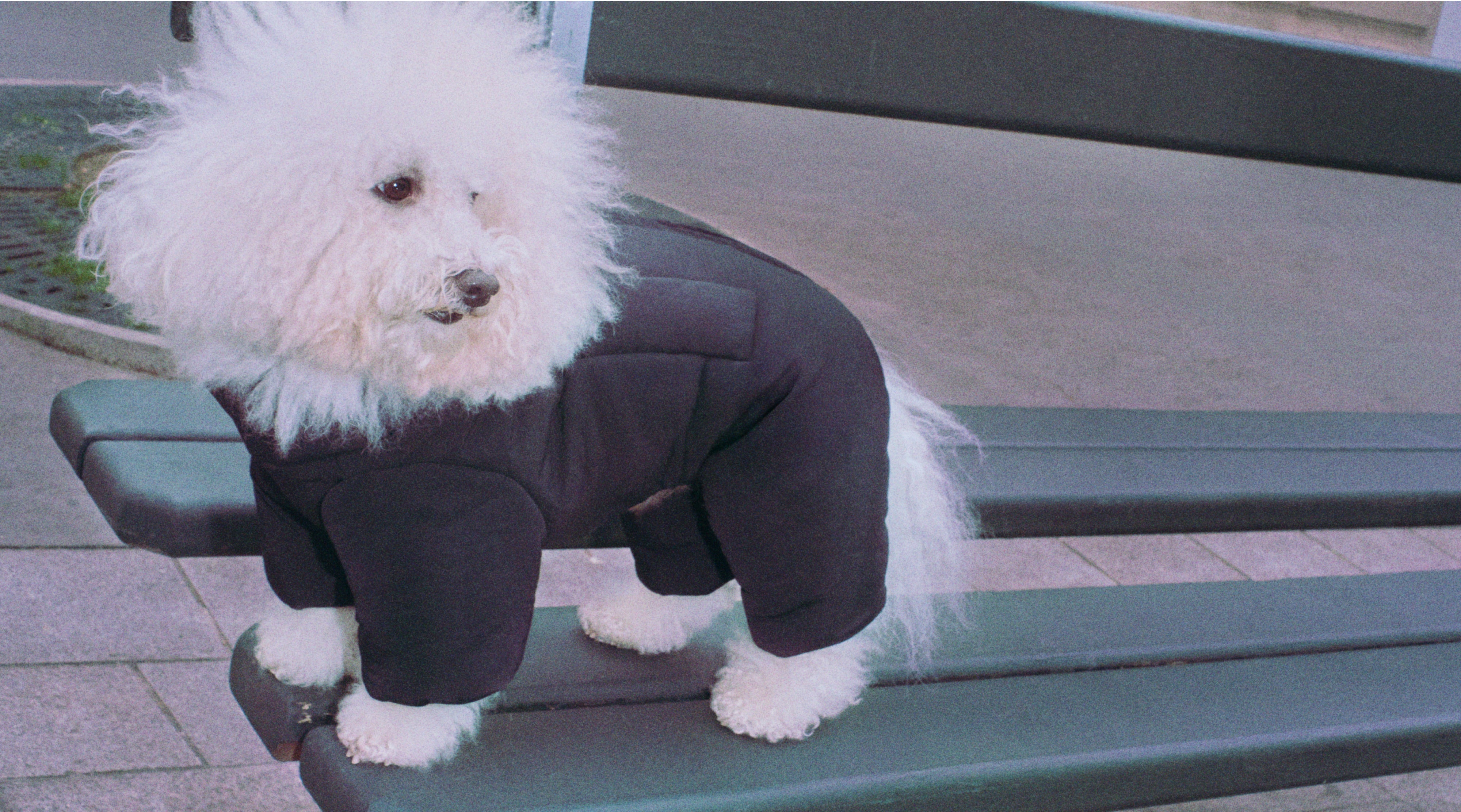How to protect your dog from the cold?
As temperatures drop, our dogs feel the cold too. Some breeds are more sensitive than others, but all deserve special attention in winter. How should you dress your dog when it's cold? At what temperature does a dog need a coat? What should a dog wear in winter? Here is our guide to keeping your dog warm, protected and stylish.
Do all dogs need a coat?
Not all, but many benefit from it. Some dogs are naturally more sensitive to the cold, especially:
- Small breeds: dachshunds, chihuahuas, bichons, miniature pinschers, yorkshire terriers, cavalier king charles spaniels, shih tzus, pomeranians, pugs, lhasa apsos. Their small size and proximity to the ground make them more prone to losing body heat.
- Short-haired or fine-coated dogs: italian greyhounds, whippets, greyhounds, boxers, dobermans, dalmatians, staffordshire bull terriers, french bulldogs, american bullies, boston terriers. Their light or thin coat provides little natural insulation.
- Puppies and senior dogs: they have a weaker ability to regulate their body temperature and are more prone to chills.
- Low-energy or recovering dogs: reduced metabolism and low activity levels make them more vulnerable to winter discomfort.
Robust or thick-coated breeds like malamutes, huskies, samoyeds, Pyrenean shepherds, chow-chows or newfoundlands are naturally better insulated. But even they can benefit from extra protection in wet, windy or prolonged exposure to the cold.
At what temperature does a dog need a coat?
Temperature isn’t the only factor. Wind, humidity, activity level and age all play a role. But here are some helpful guidelines:
- Above 10°C (50°F): most dogs don't need a coat, except very small or sensitive ones.
- Between 5°C and 10°C (41–50°F): small or short-haired dogs may need a light layer.
- Between 0°C and 5°C (32–41°F): a coat is recommended for most dogs, especially if they’re not very active.
- Below 0°C (32°F): a warm puffer or coat becomes essential for nearly all dogs.
- Below -5°C (23°F): a full-coverage, insulated piece is strongly recommended, especially for walks longer than a few minutes.
Signs your dog is cold :
- trembling or staying still
- reluctance to walk or move forward
- curling up or trying to seek shelter
- cold ears, belly or paw pads
If you notice any of these signs, your dog probably needs an extra layer.
What should a dog wear in winter?
The right choice depends on the weather, the outing, and your dog’s lifestyle. The key: combine protection, comfort and freedom of movement. At Pimpan, every garment is designed as a true fashion piece: technically built, comfortable, and elegant, made in Europe from responsible materials.
- Puffer Coat: A full-coverage padded coat that protects the belly, back and neck with a zip along the back.
- Puffer Vest: A lightweight puffer vest ideal on its own or layered with Essentials pieces
- Modular Raincoat: A waterproof and ultra-light raincoat that transforms from vest to full coat with zipped modular panels.
Layering with the Pimpan Essentials
Winter isn’t static: one day it’s damp, the next it’s windy or freezing cold. That’s why the Pimpan wardrobe is designed with layering in mind: add or remove pieces to adapt your dog’s outfit to the weather.
Our Essentials collection is ideal for building layered looks. Each piece can be worn alone or under outerwear:
- Tank Top: soft and breathable, perfect as a warm base layer under a coat.
- Long-sleeved T-shirt: ideal for in-between seasons or to wear under an imperméable.
- Jumpsuit: warm, cozy, and versatile enough to wear on its own or layered.
Available in three colors: ecru, brown and black, the Essentials let you create thoughtful, stylish silhouettes that adjust to the season while keeping your dog comfortable.
